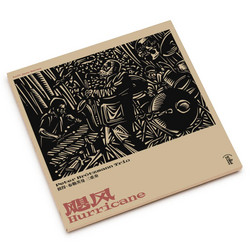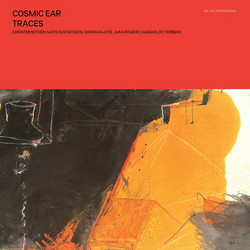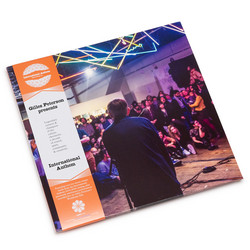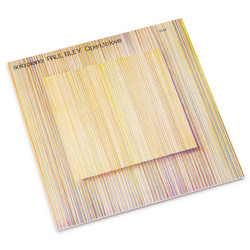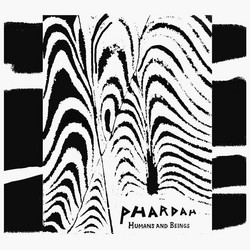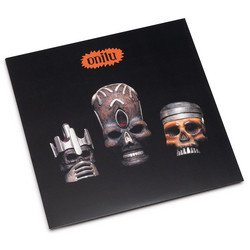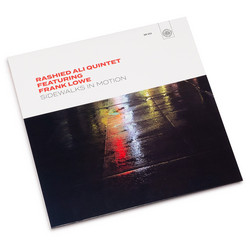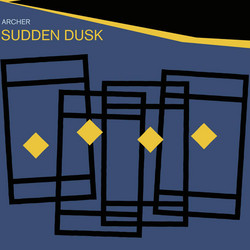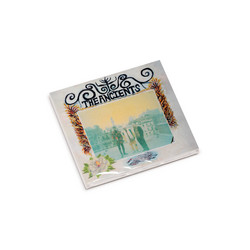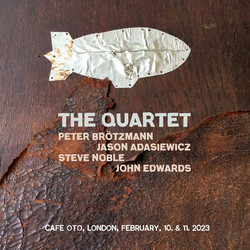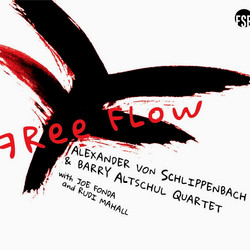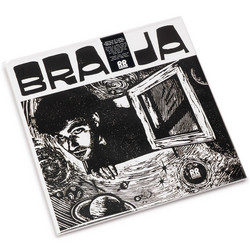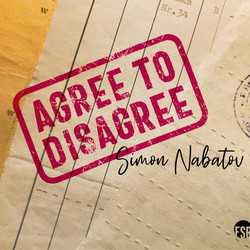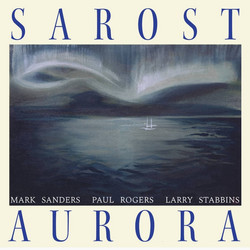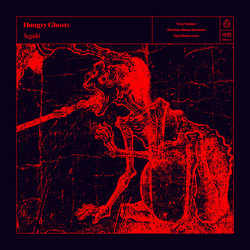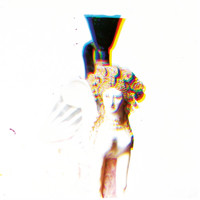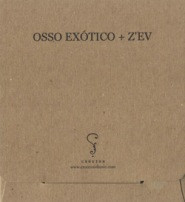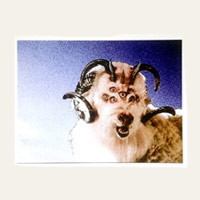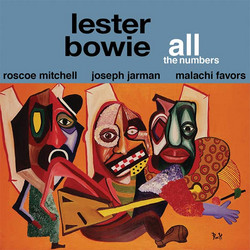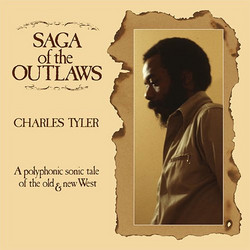Ensamble Acústico was conceived in the early 1980s by Billy Pereyra and Eduardo Roland in Blancarena, a resort on the coast of the Río de la Plata, east of Colonia, Uruguay. In 1989, after only a few performances, the duo released their first and only album: a cassette of eight songs titled ‘Un Exceso De Luz’ (‘An Excess of Light’), co-released by independent labels Perro Andaluz (Uruguay) and Circe (Argentina). Despite being limited to just 500 copies the album was critically acclaimed and lauded as the first ‘new age’ project to come out of Uruguay. Yet lumping ‘Un Exceso De Luz’ into that most vast and heterogenous confluence of musical genres, akin to ‘world music’, dismisses the alchemical breakdown of minimalism with gestures of contemporary jazz, exemplified by the shifting harmonic figures of ‘En Los Campos de Colonia’ (‘In the Fields of Colonia’). Pereyra and Roland sound strings in tandem, forming harmonic compositions that generate unexpected resonances. Together they build a climatic character that gives the sound of Ensamble Acústico its most distinctive seal, sharing more with the aesthetics of contemporary jazz than the nebulous new age label.
The opening track ‘Cuando la Nostalgia Guía’ (‘When Nostalgia Guides’) raises not a question so much as a provocation that hints at its own temporal limitations - as an unfinished sentence. ‘Reposo de la Hierba’ (‘Repose of the Grass’) meanders through grassy fields before ‘A Ras de Cielo’ (‘Flush With Sky’) reveals the ‘Exceso’ of the title track. These are the great ungroundings of modernity that saw the heavens open and dissolve the celestial sublime, leaving us with a godless excess of space and time.
Perhaps ‘new age’ is a more fortuitous classification than we originally suspected. As Roland tells us, ‘music is the expression of a new world’.
